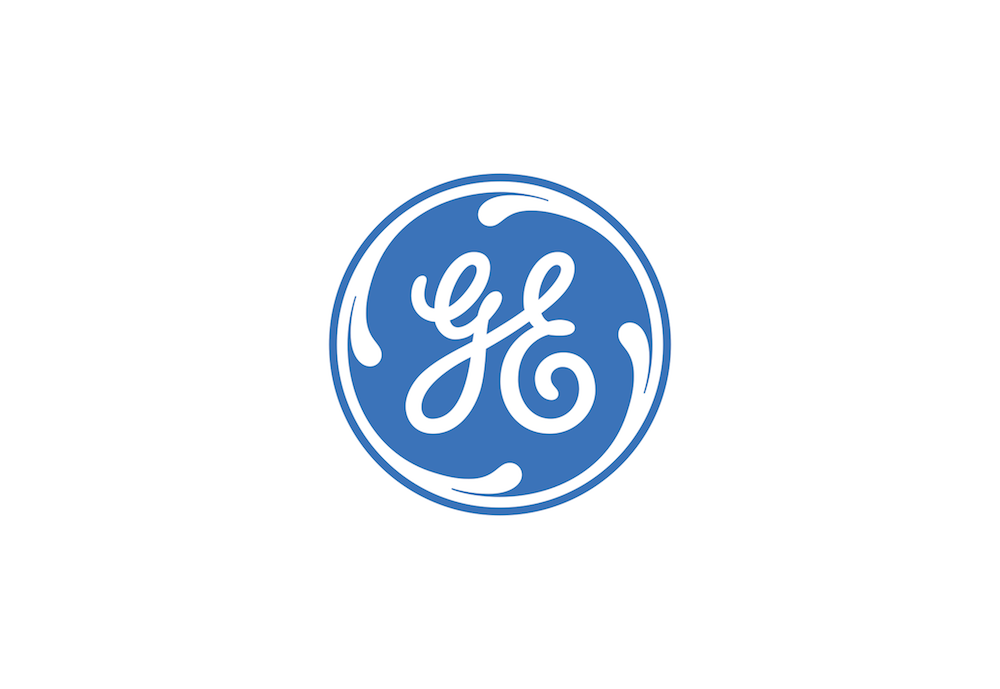by Hubert Marleau, Market Economist, Palos Management
Making year-out predictions is a fool’s game because it is almost certain that they will be undone by unknown events. These are impossible to predict. The only thing I know is that a falling money supply will either decrease growth or inflation or both. The year-over-year growth in money supply (M2) is zero. It has never done that before. Thus, N-GDP growth is going down for sure. The $64,000 question is will it be the fault of inflation, employment, productivity or some combination. Casting productivity aside, macro forecasting inflation and employment needs to be confirmed regularly and frequently with data on prices and labour, if one is to foretell with reasonable accuracy. I say reasonable because there are no preparatory data prints on productivity that can guide us over the short-term, unlike employment and inflation.
Now that the year-ahead pontification is over, investors were brought back to business as usual as the first week of 2023 began with a deluge of economic prints. Right now, only inflation has absorbed the monetary blow. The Atlanta Fed’s GDPNow model estimate for real GDP growth in Q4 is 3.9% with an estimated PCE price index of 3.5% for the comparable period. That comes up to an annualised rate of 7.4%. On a year-over-year basis, real growth is up 1.9% and PCE inflation is up 6.2%. Rising growth combined with declining inflation is a rare occurrence. It's a singleton. Indeed, based on fresh economic prints that were released this week shows this rarity has not yet changed. However, anecdotal signs are emerging in the labour market, suggesting that employment might contribute moderately to the anticipated fall in nominal growth (N-GDP).
On the Inflation Front: Inflation Unequivocally Is Falling
Unnoticeably, inflation in the second half of 2022 is significantly lower than in the first half and almost back to the Federal Reserve’s 2% target. In fact, from June to November 2022, inflation has slowed to a crawl, whether measured by the CPI or the PCE. There is a huge difference between recent history and current events, says Alan S. Blinder, a former vice chairman of the Federal Reserve. Over the past 7 months ended June 2022, the CPI ran at an appalling annual rate of 10.6% compared to a mere 2.5% over the last five. I’am not declaring a victory, but peering ahead, the anti-inflationary effects of the Fed’s monetary policy are yet to come.
The latest inflation rate did not just but fell significantly below what was forecast. And this is the case globally. The G4, which includes the US, Japan, UK and the eurozone, Inflation Surprise index, dropped like a shoe in December to 32.27 from 58.86 in November and 71.88 in October. Macro Strategy Partnership pointed out: German inflation decelerated to an annual rate of 9.6% in December from the 11.3% registered in the previous month. The drop was large and considerably less than the consensus of 10.7%. Monthly data was down 1.2%, bringing the 3-month annualised figure to -0.45%, Meanwhile, French CPI slowed to 6.7% from 7.1%, it was down 0.1%m/m, with its 3 month annualised rate of 6.1%.
The Cleveland Fed believes that inflation is actually lower than the BLS’ official CPI report, which puts the y/y inflation at 7.1%. It came to this conclusion because rent inflation - a core component of shelter and OER inflation which is arguably the most important component of “sticky” service inflation - is actually far lower if measured correctly. If the BLS was to look at the “New-Tenant Repeat Rent” index which tracks market indices such as Zillow and Apartment List for more closely, than the “All-Tenant Repeat Rent Index”, observers would readily see that the CPI inflation is falling even faster than believed. The former represents reality more accurately than at key inflection points.
The global and domestic supply-chains upended by Covid-19 that drastically turned into a crisis for three years in a row ( 2020, 2021 and 2022) is back to normal. FedEx, and the U.S. Postal Services including the railroads reported few logistic problems over the holiday season. According to ShipMatrix, a parcel analytics firm, on-time performance rate is now 95.4% compared to 83.8% a year ago. As a matter of fact, manufacturers like Procter & Gamble expect to spend a lot less on transportation and warehousing while retailers are resisting price increases or asking for discounts. Maersk, a bellwether of global trade, said a new balance has emerged. It explains why the daily spot rate to move a shipping container from Asia to the U.S. West coast is around $1500, down from about $ 7500 last July and roughly $15,000 a year ago, according to the Freightos Baltic Index. The NY Fed’s Global Supply Chain Pressure Index (GSCPI) estimate for December is 1.18. The high was registered at 4.51 in April 2022.
The ISM’s supply-chain indicators continue to point to fading goods price inflation. Supplier delivery times fell, to 45.1 in December from 47.2, leaving the index comfortably below its pre-Covid level,while the price paid index continued to plunge down to 39.4 from 43.3.
The ISM-service index showed that prices paid by businesses in the service sector fell sharply, hitting a 24 month low as the supply chain measures improved further. They are now essentially unchanged from pre-Covid levels.
Average hourly earnings, a reliable measure of what is going with wages, rose 0.3% m/m, reducing the y/y increase to 4.6% but trending around 4.0%, and slowing. If this trend were to persist, wage growth will soon be near 3.5%, which is where the Fed has publicly said it’s what is needed to effectively have a 2% inflation rate. It supports the messages from the NFIB survey that have consistently reported an easing trend in wage pressure. Studies on the matter show that by far the biggest acceleration in wage growth is among those who switch jobs, lowest-paid jobs and young workers without formal education. The standard story that we are in a dangerously tight labour market might be wrong.
On the Labour Front: Employment Situation Is Strong, But Peaking
It was also a big week for labour data, which until now has remained strong. Most firms were still hiring or retaining workers. Only technology companies only shed workers. Salesforce Inc. and Amazon joined a number of other tech firms, announcing on Wednesday that it intends to lay off 10% and 1.2% respectively of their workforce, joining Twitter and Facebook. While these decisions have not made much of a dent in the job market, there are signs that other industries may join the chorus. The share of small-business owners said in a survey that it was easier to find workers is rising and there are more than those who said it was more difficult. The Business Roundtable’s index of optimism among chief executives is deteriorating. A survey conducted by Duke University, the Federal Reserve of Atlanta and Richmond showed that chief financial officers were similarly downbeat. Job openings, ADP-private sector jobs, jobless claims and non-farm payroll were very positive for immediate growth but they will soon validate the kind of thinking of corporate officers as the holiday distortions fade from the employment numbers.
The number of job openings dipped trivally to 10,458k in December. Still high, but the trend has flattened, which is consistent with the decline in job posting data.
The ADP report was a big upside surprise and so were the Jobless claims. Private payrolls rose 235k in December, significantly above the 200k consensus. Meanwhile, initial claims fell to 204k from 223k versus an anticipation of 200k. Nevertheless, the trend is clearly straightening.
The Nonfarm payrolls increased 223,000 in December, versus consensus forecast of 203,000. The labour market is chugging along but the momentum is slowing. The latter is likely to last because monthly job growth is well above the pace needed to keep with growth in the working age population.
The Fed’s Response to a Goldilocks Conjecture
Based on the aforementioned economic prints, the “Immaculate Disinflation'' and the “Soft Landing” narratives remain as viable narratives. Millions upon millions of excess jobs exist across the economy. The energy bills as a % of N-GDP is declining rapidly The heavy weight of elevated prices is pushing the inflation rate down. Unless one believes that productivity is about to collapse to unheard levels, it’s difficult to imagine a “Hard Landing Scenario '' is ahead. As a matter of fact, productivity is holding up well. Martin Sandu in an article written for the Financial Times, examined how productivity behaved over the whole pandemic period. He wrote: “Taking the past three years of available data, from the third quarter of 2019 to the third quarter of 2022, nonfarm business output per hour worked grew by 1.6% annually. That was about the same productivity growth rate in the preceding three years, and faster than the average rate in the preceding 12. So productivity remains at or above the pre-pandemic trend. Given all the disruptions over the past 3 years, that is a strong record”.
In this connection, I don't believe the FOMC members are considering the fall in headline inflation a “false dawn”. On the contrary, they see a solid economy, judging that they can afford to remain focused on inflation and take the risk of wrestling inflation to the 2% or 3% floor. They will want the society to believe that they will keep on fighting until there is confirming evidence, not just forecasts or opinions, that aggregate demand and supply is evenhanded. In short, it’s posturing, I suspect that a degree of psy-ops is at work here. The Fed's reputation was severely shaken by the “inflation transient fiasco” of 2021. It does not want to go wrong a second time in the same direction. Interestingly, two formerly labelled dovish members (Kashkari and George) of the FOMC are suddenly favouring higher interest rates for longer. Nomura’s Charlie McElligott captured the situation well. In a note, he wrote: “I think we have to increasingly take Fed rhetoric from here on out with a grain of salt, simply because they are trying to buy time for inflation to keep doing what it's doing - softening ahead of schedule”.
Some say that the bond market and the Fed are in a boxing match. You can place your bets on either, it won't make much of a difference even though they are using different tools. The Fed is relying on lagging backward looking indicators to call the inflation outlook while the bond market is basing his on forward looking ones. Yet, the difference is really not much when one acknowledges the uncertainties confronting the economy. The Fed is predicting that inflation in 12 months time will hover around 3.5% while the bond market is predicting 2.5%. St Louis Fed President James Bullard, known to be a hawkish member, said: “Fed actions have returned inflation expectations to a level consistent with the Fed’s 2% inflation target. During 2023, actual inflation will likely follow inflation expectations to a lower level as the real economy normalises.”
The Market is Off to a Good Start
In the first week of the new year, the S&P 500 rose 55 points or 1.4% to 3895. The idea that we actually have an economy whose growth will only moderate in a slowing inflation scenario, including slower wage growth is picking up steam. The looming recession happened in the first half of 2022 when inflation roared. Currently published data is not giving the street analysts enough reasons to demolish their earnings forecast for S&P 500. Should this resilience hold up while inflation cools down as it has in the last six months, the Fed may not have to raise the policy rate beyond the one expected to take place in February, but only opt to keep it there for a good while. I don’t buy the bull that good news is bad and vice versa. Eventually, investors will realise that what is really going on is a return to normalisation. That is 2% for inflation and 2 % for growth or something close to that. Voilà.
P.S. There is no recession in Canada, thanks to its progressive immigration policies. 104,000 new jobs were created in December. That is equivalent to 936,000 in the US.
Copyright © Palos Management














